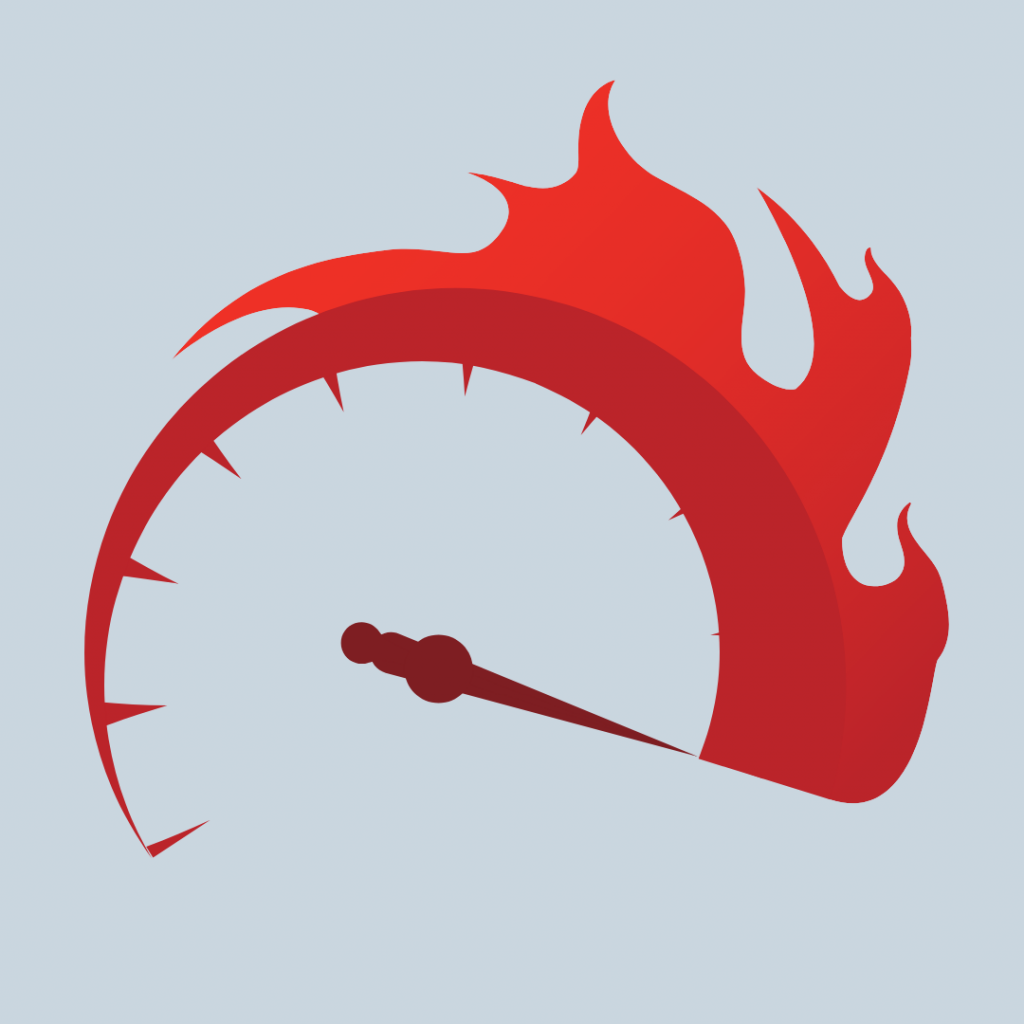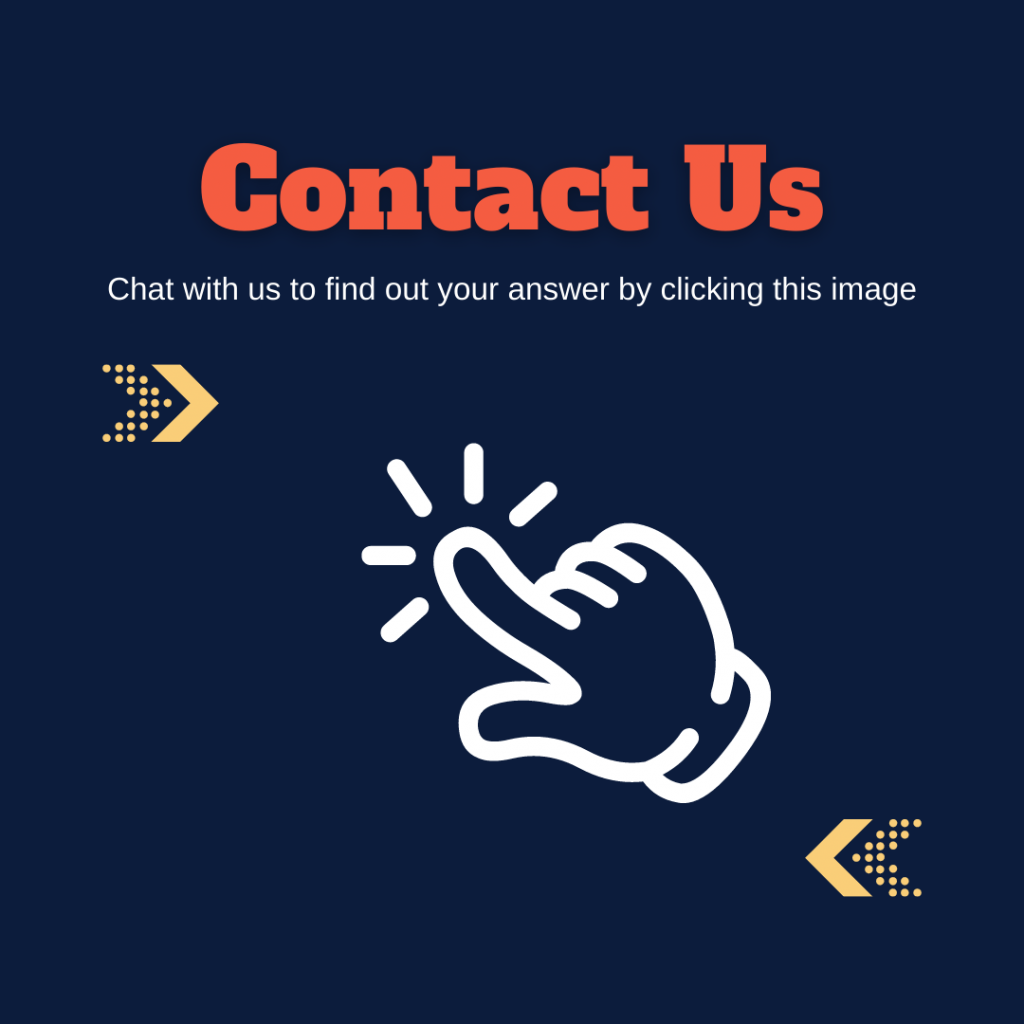A PPC landing page is a standalone web page you intend to use in a paid campaign on AdWords, Facebook Ads, or similar. It’s a dedicated page where visitors ‘land’ after clicking through on a pay-per-click ad.
Particularly good landing pages for PPC typically contain just one focused campaign goal or objective known as a Call to Action (CTA). Their simplicity—and relevance—is what makes dedicated landing pages one of the best ways to increase conversions from your paid traffic and lower the cost-per-click of your PPC campaigns.
Why use landing pages for Google Ads?

With paid advertising on Google Ads or Facebook Ads, you get to choose where to direct visitors. You can decide to link this paid traffic to your website’s homepage, for example, (and many marketers do) but this isn’t actually your best option when it comes to conversion. As many advertisers eventually discover, paid traffic pointed to generic web pages (like a website homepage, for example) doesn’t convert well and can drive up cost-per-click. This is mainly because visitors often can’t find what they specifically searched for on the generic page and typically bounce more quickly (signaling to Google the landing page experience wasn’t very good). However if visitors click through from an ad to a highly relevant landing page, they’re met with information that reinforces the promise of the ad, and they encounter just one call to action or next step to take. By simplifying the options available, you help ensure a smoother path to conversion.
In an analysis of 455 pages, the marketing company Unbounce saw on average, dedicated landing pages converted 65% higher than website pages.
AdWords rewards those serving up PPC landing pages

Not only does a landing page allow you to present a focused, carefully selected call to action, and customize the experience you present on click through to match the expectations set up in your ad, but if you pair every PPC ad with its own hyper-relevant, standalone landing page, you can:
- Achieve a higher AdWords Quality Score (in turn boosting your Ad Rank and your Search Impression Share, getting your ads served up more often)
- Lower your cost-per-click
- Lower your cost-per-acquisition, and
- Increase conversions on the offers you run with paid
As many marketers using a landing page builder can confirm, they’re able to drive the same amount of traffic to a landing page for Google Ads and see far better results because of the page’s refined focus
What do the best performing PPC landing pages contain?

After deciding you’d like to lower your cost-per-click and get better ROI on your paid ad spend with ppc landing pages, it’s all about creating them.
The best PPC landing pages contain 5 key elements:
- Strong, contextual images (including a ‘hero shot’ at the top of the page)
- A headline and sub-headline
- A singular, focused call to action (where your form or button will appear)
- Clearly outlined features and benefits of your offer
- Testimonials, trust symbols, or ‘social proof’ supporting your claims
Conclusion
To truly get the most out of your paid advertising, both by driving down the cost and at the same time increasing the conversions rate, dedicated landing pages for each campaign you run are the way forwards. Landing pages can be created quickly and easily for specific adverts, for time relevant promotions or anything else you can think of, without the need for a complex rebuild and redesign of your existing website. Landing pages can be tested over time to identify what works best with your audience and quickly adapted to any purpose.
Next Steps
If you are currently running any form of paid advertising, and not directing traffic to a bespoke landing page, now is the time to make the change. Contact us and we can not only work with you to optimise your paid ads themselves, but also to design and launch high quality landing pages, specific to your needs, to drive conversion up, and costs down. Click on the image below to arrange a call with us.




Recent Comments